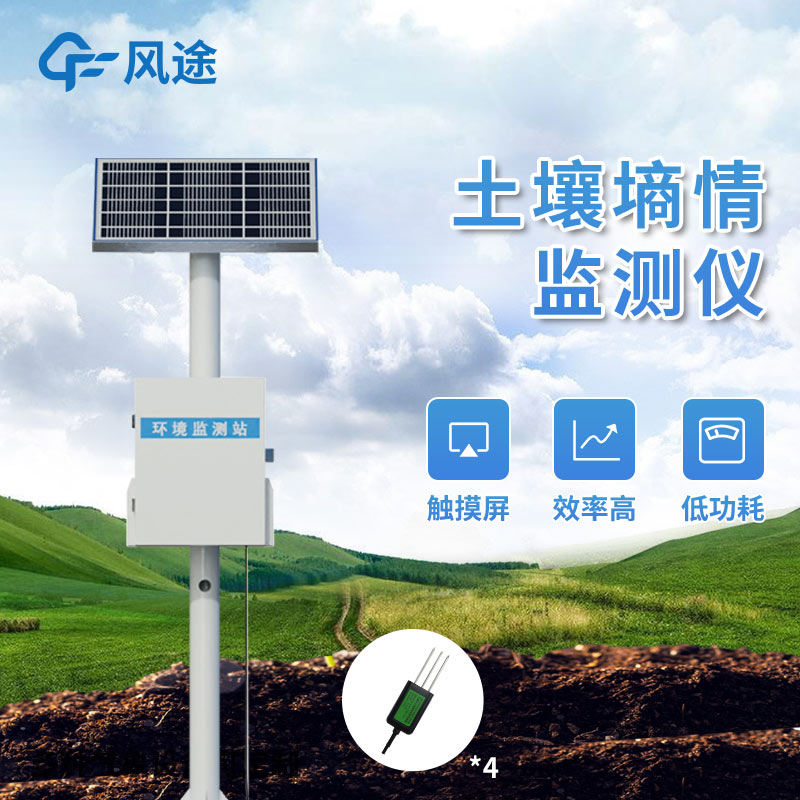In the context of rapid technological development, the agricultural sector is also constantly embracing new changes. When walking into today's fields, various practical devices are providing support for agricultural production. Small field weather stations, soil moisture monitors, insecticide lamps, etc., are typical examples.
Although the Agricultural Environment Monitoring System is small in size, it has comprehensive functions. It integrates multiple sensors and can conduct real-time monitoring of key meteorological parameters such as temperature, humidity, light, wind speed and direction, and rainfall. These data have a significant impact on crop growth: temperature changes are related to crop germination rates, excessive humidity may cause diseases, and light intensity is associated with the efficiency of crop photosynthesis. By automatically collecting data around the clock, farmers can keep abreast of microclimate changes in the fields without frequent manual recording, providing a basis for planting. This type of weather station adopts wireless transmission technology, and data can be uploaded to the cloud or the user's mobile phone in real time. No matter where they are, farmers can check real-time information and adjust planting strategies based on historical data. The anti-corrosion material and high protection level structure, combined with solar power supply and energy storage batteries, enable it to operate stably in various outdoor environments and reduce maintenance costs.
The Soil moisture monitor is used to monitor soil moisture and related environmental parameters in real time. The core soil moisture sensor adopts technologies such as frequency domain reflection and time domain reflection to accurately measure the moisture content of soil layers at different depths. It may also be equipped with soil temperature sensors, meteorological sensors, etc., to help comprehensively understand the factors affecting soil moisture. The data collector collects data from various sensors, processes it, and then transmits it to the remote monitoring center or user terminal through a wireless communication network or wired method. With it, farmers can accurately grasp soil moisture information, reasonably determine irrigation time and water volume, avoid over-irrigation or insufficiency, improve the efficiency of irrigation water use, and promote high and stable crop yields. When abnormal soil moisture occurs, it can issue timely warnings to help farmers deal with disasters such as droughts and floods and reduce losses. Its data also has reference value for regional water resource allocation and groundwater monitoring.
The insecticide lamp combines optical pest trapping and wind suction technology, with solar panels as the power source. It stores electricity during the day and operates automatically at night without an external power supply. When working, it uses a multi-spectral pest-trapping light source with a wavelength of 320nm-680nm to attract pests. When pests approach, the built-in fan rotates at high speed to generate negative pressure airflow, which sucks them into the insect collection device. Pests die in the high-speed airflow due to collision, dehydration and mechanical damage. The entire process does not use pesticides and has no high-voltage electric shock, avoiding the spark hazards and peculiar smell residues of traditional electric shock-type insecticidal lamps. This insecticidal lamp can trap a variety of pests, with a high capture rate for small pests. It is safe and environmentally friendly, without chemical pollution, can reduce the use of pesticides, lower costs, and improve the quality of agricultural products. It also has light control, time control and rain control functions, can automatically start and stop, and is easy to maintain.

Article address:https://www.sqqx.net/en/news/691.html

 +86 15898932201
+86 15898932201



